Sainz turns strategist for Williams following Melbourne crash
Carlos Sainz played a crucial strategic role for Williams after his early retirement, providing decisive input on tire strategy that helped teammate Alex Albon secure a strong result ahead of both Ferrari cars.
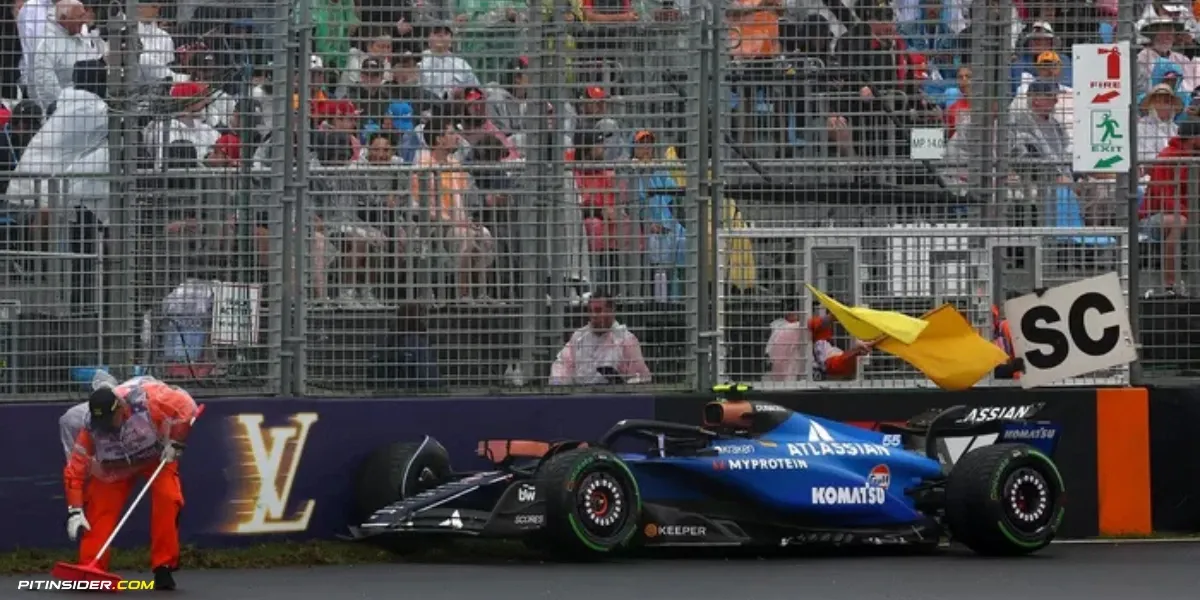
Carlos Sainz's Australian Grand Prix lasted barely a lap under green flag conditions, yet his contribution to Williams' race strategy proved invaluable.
The Spaniard, who claimed victory at Albert Park last year, played a decisive role in securing teammate Alex Albon's impressive result ahead of both Ferrari cars.
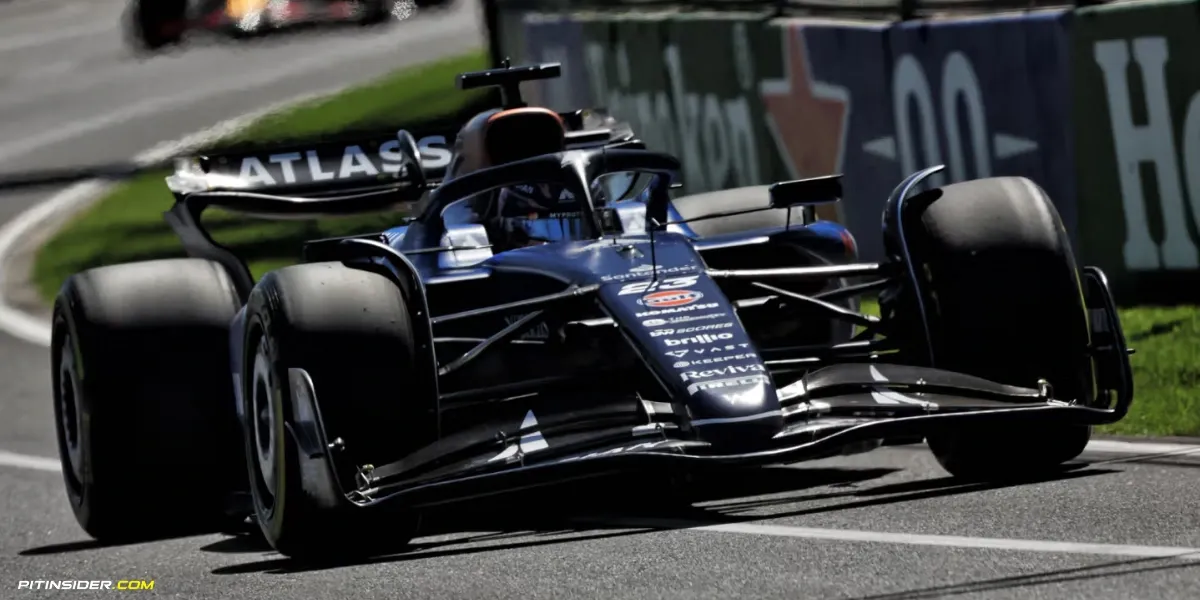
Sainz started from tenth position but his race ended prematurely when he spun off at the final corner during the safety car period. The incident occurred after Jack Doohan had already crashed his Alpine earlier in the opening lap.
Williams team principal James Vowles explained the technical nature of Sainz's retirement to Sky Sports F1:
"It's slightly odd, so we have to go through it more. Effectively it was an upshift on part-throttle, but there was more torque than he would have expected at that point."
From driver to strategist
Rather than departing the circuit early, Sainz remained with the Williams engineering team to monitor Albon's progress throughout the race. This decision would prove crucial later in the grand prix.
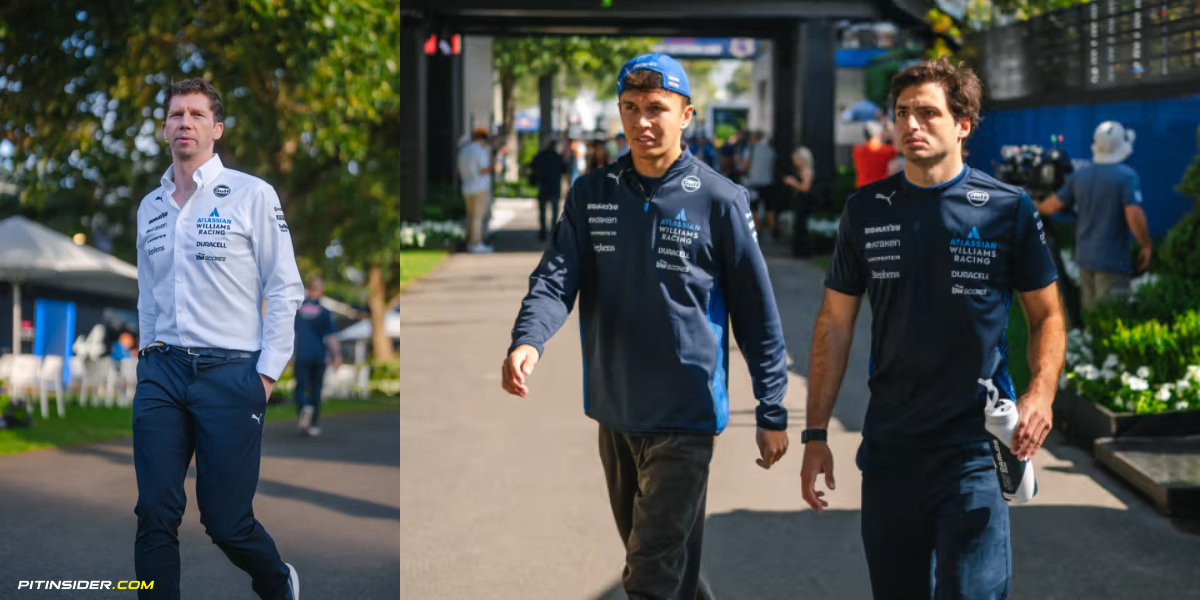
Albon, who qualified sixth, held seventh position during the early stages on a drying track. He maintained his position behind Yuki Tsunoda's Racing Bulls but ahead of Lewis Hamilton's Ferrari.
When conditions allowed for slick tires on lap 33, Albon, Tsunoda and Hamilton all pitted simultaneously, emerging in the same order. The real strategic challenge emerged on lap 44 when rain returned to the circuit.
The crucial call
As rain intensified, teams faced a difficult decision regarding intermediate tires. Weather radar suggested the shower might be brief, creating uncertainty about the optimal strategy.

Albon was among the first drivers to switch to intermediates, following only race leader Lando Norris and Mercedes' George Russell into the pits. According to Vowles, Sainz's input was instrumental in this timing.
"The pitstops were absolutely on point, the strategy – well done to them,"
Vowles said.
"One point to note on the strategy is that we had an additional strategist today, which was Carlos."
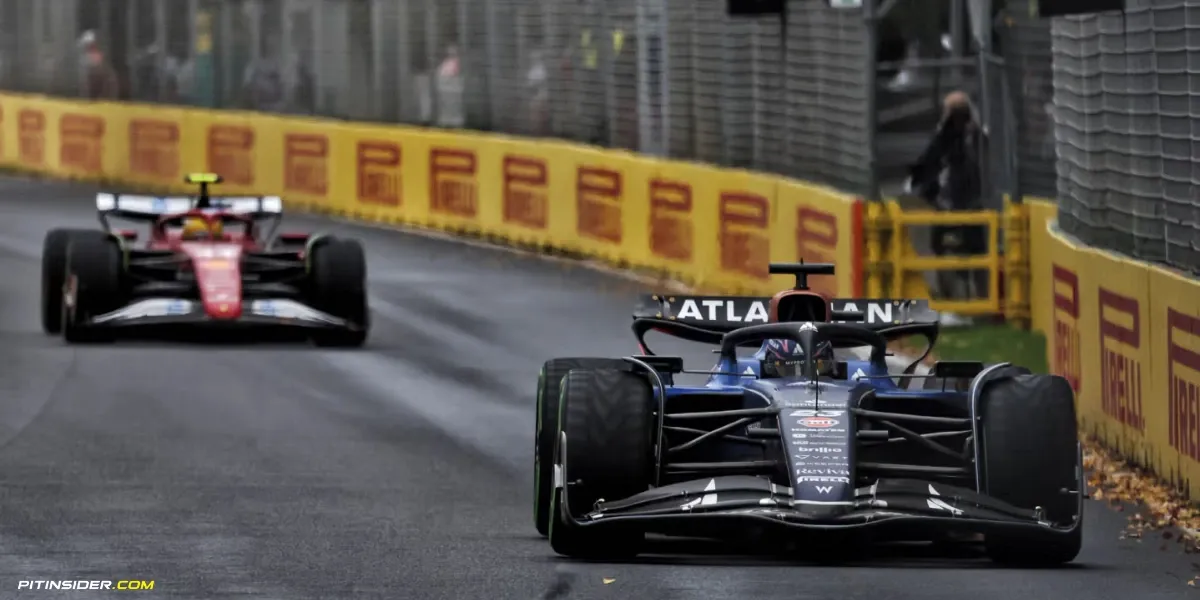
Vowles elaborated on Sainz's contribution:
"Carlos, his insight was incredibly useful on that transition to the inter. You saw a number of teams – 'We're not sure, do we try and hang it out?' and Carlos was adamant:
'You won't survive on that in the last few corners'. And he was spot on. He helped drive us towards that."
Vindication on track
The decision proved correct as conditions deteriorated rapidly.
Ferrari instructed both its drivers to remain on slick tires, while Tsunoda also continued for three additional laps before switching.
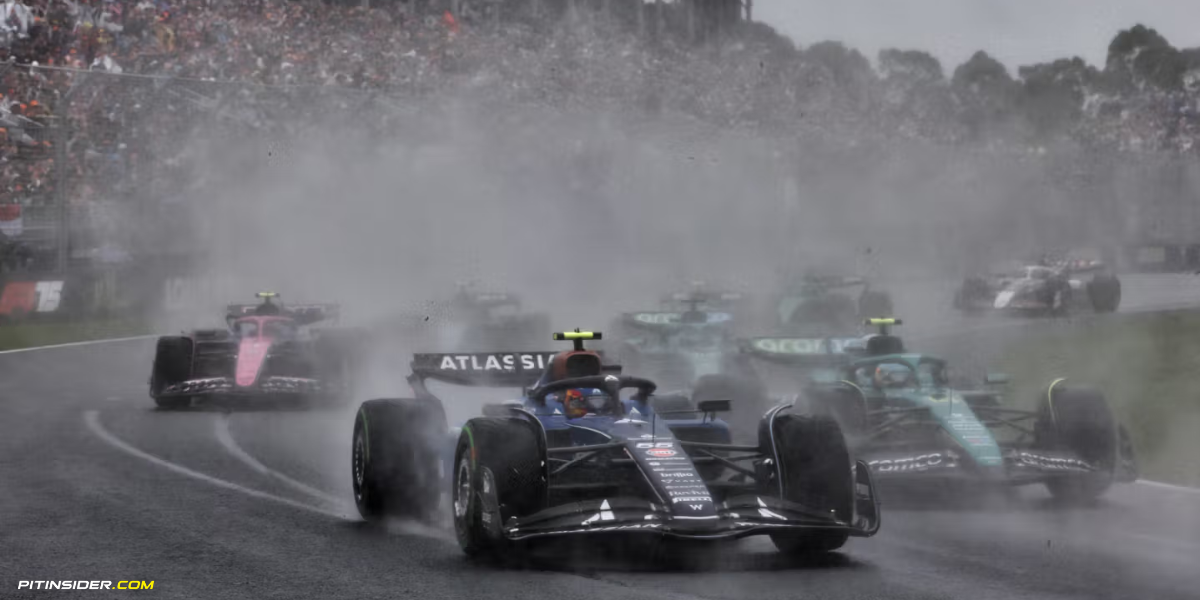
Albon capitalized on these delayed decisions, gaining positions at the expense of Charles Leclerc and Tsunoda when both Ferrari and Racing Bulls finally relented to the challenging conditions.
Having also benefited from Oscar Piastri's spin earlier in the race, Albon held fourth position until the closing stages when Mercedes' Andrea Kimi Antonelli overtook him with just two laps remaining.
The result highlighted not only Albon's driving ability but also the importance of experienced insight in making critical strategy calls – even from a driver whose own race had ended before it truly began.



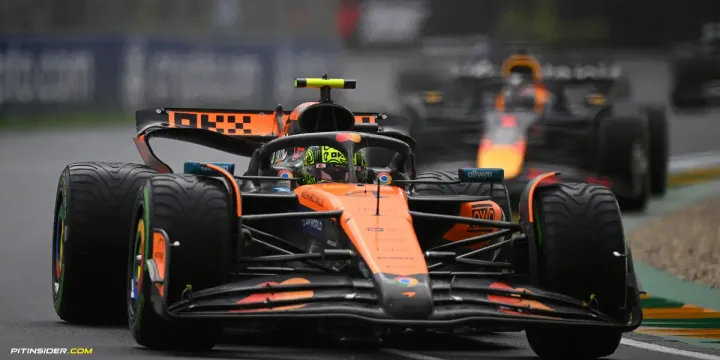

Comments ()